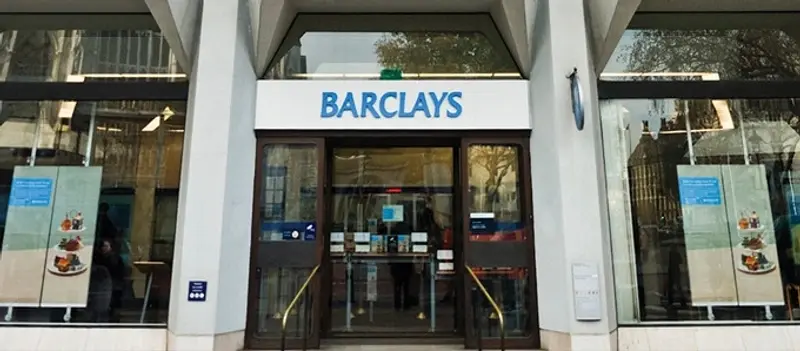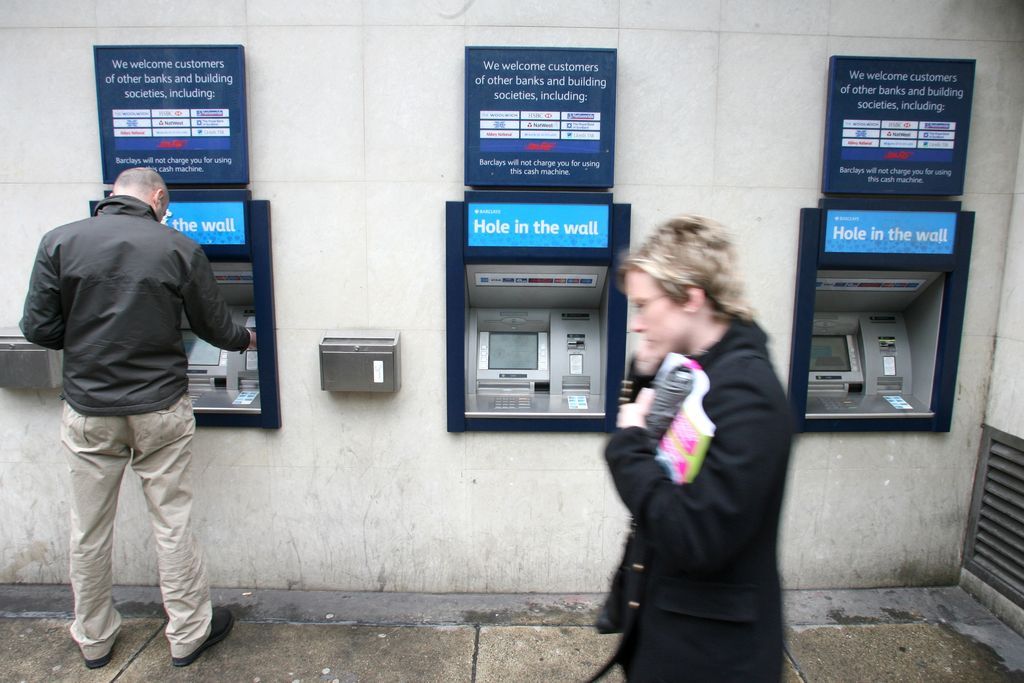
Investment banking continues to dog Barclays (BARC) after the group’s pre-tax profits fell by 25% to £793 million in the three months to 31 March, compared to the same period in 2015.
The bank is blaming the decline on a 31% slump in pre-tax profits from its corporate and investment banking arm (£701 million), although its argument of an unfortunate mix of higher expenses and lower returns looks a bland excuse.
The group also reported rising bad debts and restructuring costs during the quarter.
That the shares stayed largely flat at 173.6p - losing their initial gains - was largely thanks to the figures being less bad than anticipated, echoing Standard Chartered’s (STAN) first quarter results on Tuesday.
‘Results were substantially better than we or consensus had forecast, driven primarily by higher revenues,’ UBS’ analysts said of Barclays’ figures.
Investors were also pleased by management’s confidence that the bank will meet 2016’s cost-cutting targets as well as its progress with the turnaround plan. This centres on selling non-core businesses to create a ‘simpler’ bank.
As part of this plan the Africa business is up for sale while the retail, wealth and investment management businesses in France have been added to the list of assets it wants to sell.
The bank is holding talks with AnaCap Financial Partners concerning a deal for the French assets, which do not include the corporate or investment banking operations in the country.
‘Barclays’ large investment bank brings risk from volatility in capital markets and regulatory change,’ UBS said.
‘Barclays is also exposed to Africa through its majority stake in Barclays Africa Group, a higher-risk banking market, and also a source of FX risk to earnings and TNAV.’
Another issue could be the bank’s common equity tier 1 ratio - a measure of the bank’s capital reserves compared to the risks in its loan book - which fell slightly to 11.3% at the end of March from 11.4% on New Year’s Eve.






